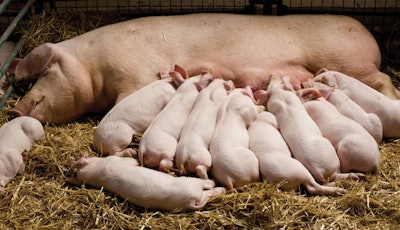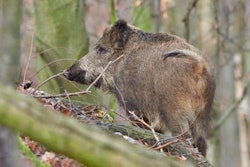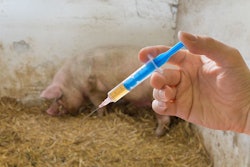
Adding creatine to pig diets may be a cost-effective means of increasing reproductive success
Could a relatively inexpensive dietary supplement support reproductive success in pigs and improve the overall efficiency of animal production? A research team at Texas A&M University is set to find out.
The U.S. Department of Agriculture’s (USDA) National Institute of Food and Agriculture has awarded the Texas A&M team US$650,000 to conduct pig feeding trials using creatine during gestation to decrease pregnancy loss and increase birth weight. Prior research by the team, headed by professors Fuller Bazer and Guoyao Wu, has determined that arginine can be used to improve reproductive success. But arginine is relatively expensive and inefficient, according to Bazer, a Regents Fellow, distinguished professor and current O. D. Butler chair of physiological and reproduction Texas A&M’s Department of Animal Science.
Arginine, Bazer explained, improves blood flow to various tissues, including the placenta, which may explain the increased reproductive success seen when dietary levels of arginine are increased. It’s also instrumental in DNA translation and gene expression, which may help to prevent embryonic death, and it’s used by the body to produce creatine, Bazer said.
In embryos, creatine is associated with the development of the nerves, skeleton and muscles, and it plays a significant role in the storage of energy within cells. It’s also very cheap, Bazer said, and could be a much more practical solution to poor reproduction in pigs, a species he estimated loses 25-40% of all embryos, mostly in the first few weeks of pregnancy.
Improving the number of viable offspring one sow can produce could have significant implications for pig production, according to Chris Hostetler, director of animal science for the National Pork Board. It could reduce the overall sow herd needed to sustain production, which would mean less feed, land and irrigation dedicated to pig production. The sustainability and efficiency of pig production would increase. And with healthier offspring, the manpower and attention needed during farrowing would be reduced, Hostetler said.
If the trials prove fruitful, Hostetler anticipated pig producers would accept any new dietary guidelines readily.
Bazer said he anticipates the results of the trial should be released in May or June 2023.














